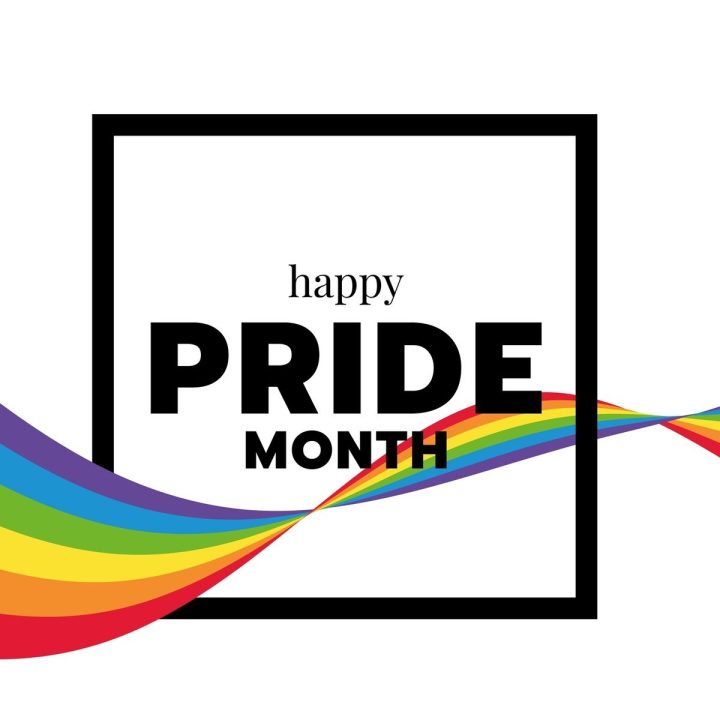By: Jean McCoy
Diversity in clinical trials is a hot-button topic, with attention and programs ranging from legislation (both proposed and passed) to industry conference panels and required continuing education for healthcare professionals. While these initiatives usually address “underrepresented communities,” in practice, they often refer to increasing participation among racial and ethnic groups.
During Pride Month, the time is right to be sure you are working to include LGBTQ+ patients in clinical trials as well.
This is an important goal that carries unique challenges. According to the CDC, members of the LGBTQ+ community in the U.S. are already at increased risk for a number of health threats.1 In fact, they often do not feel comfortable with the care they receive. In a Kaiser Family Foundation survey, over a third report they've had a negative experience with a health care provider over the past two years, saying they've been mistrusted or marginalized.2 Against this backdrop, reaching these patients and asking them to extend the level of trust required to participate in a clinical trial may seem to be too hard. And it will be hard – but also very much worth the effort.
While there are many steps required to include any specific group in your trials, here are three key considerations to keep in mind when you are working to incorporate LGBTQ+ patients into your clinical efforts.
1. Build diversity into your recruitment.
The first step is understanding and embracing the fact that cultural differences exist among this population, with additional factors depending on the disease state. An excellent way to gather insight into these differences is to make sure there is LGBTQ+ diversity on your recruitment team, so those that know your product candidate and internal processes can share their perspectives as you plan the trial. You can incorporate these perspectives as you develop inclusion and exclusion criteria and create customized materials for your patient/caregiver population.
To identify LGBTQ+ candidates, listen to and learn how to partner with groups that may be very different from your team and patient groups you have worked with before. The good news is that these communities can be very close-knit, helping to spread the word. Explore the websites of LGBTQ+ groups to see how they provide general information about clinical trials as well as information about specific trials that may be of interest.
Next, develop a culturally sensitive and responsive approach to communications around recruitment, and meet all patients where they are instead of expecting them to come to you. These efforts will probably take longer than you anticipate, so take steps now to build timelines and budgets that allow for success.
2. Set up and manage your program with equity for all participants.
Once you have completed recruitment and initiated the clinical trial, keep diversity top of mind for interaction with participants. Your team (inclusive per Step 1) can lead the way and help build trust and open communications. Be sure everyone on the clinical team recognizes, honors and uses specified pronouns. Be prepared when patients and caregivers may provide unexpected feedback, and handle with grace. It will not be a one-size-fits-all approach.
Consider providing a single point of contact for LGBTQ+ participants during the trial for support questions on the operation of the trial that they may have, so they can feel confident and heard when they have thoughts or concerns about the trial experience. And throughout the trial, follow the same best practices that should be in place, including communicating regularly with trial participants and keeping them up to date on trial milestones and other public trial announcements.
3. Build long-term inclusive relationships to extend beyond the trial.
As the trial reaches its conclusion, continue communications with all patients to thank them for their participation and lay the foundation to build long-term relationships. Don’t treat your trial participants as subjects - instead, maintain momentum with these patients you worked so hard to nurture relationships with. As you finally share the results of the trial, consider calling out the efforts to include diverse populations including LGBTQ+/other specific groups and highlight your thanks publicly.
Consider creating a trial alumni community, inviting patients to join during or after the trial and stay connected on future studies and progress, in a compliant way. Once you build/if you already have an alumni community, you can create an LGBTQ+ channel, managed by your diverse team members. They can work to understand the ongoing needs of these communities and determine how you can be of assistance, providing information and access to resources.
As you see rainbow flags flying throughout June, take them as reminders to incorporate LGBTQ+ participants in not only your clinical trials, but also your broader patient engagement initiatives.
If you’re wanting more detail on how to incorporate diversity, equity, and inclusion (DEI) in your clinical trial design, or want more effective ways to bring these patient voices to your other programs, contact Reverba.
1 https://www.cdc.gov/lgbthealth/index.htm
2 https://www.kff.org/report-section/lgbt-peoples-health-and-experiences-accessing-care-report/
